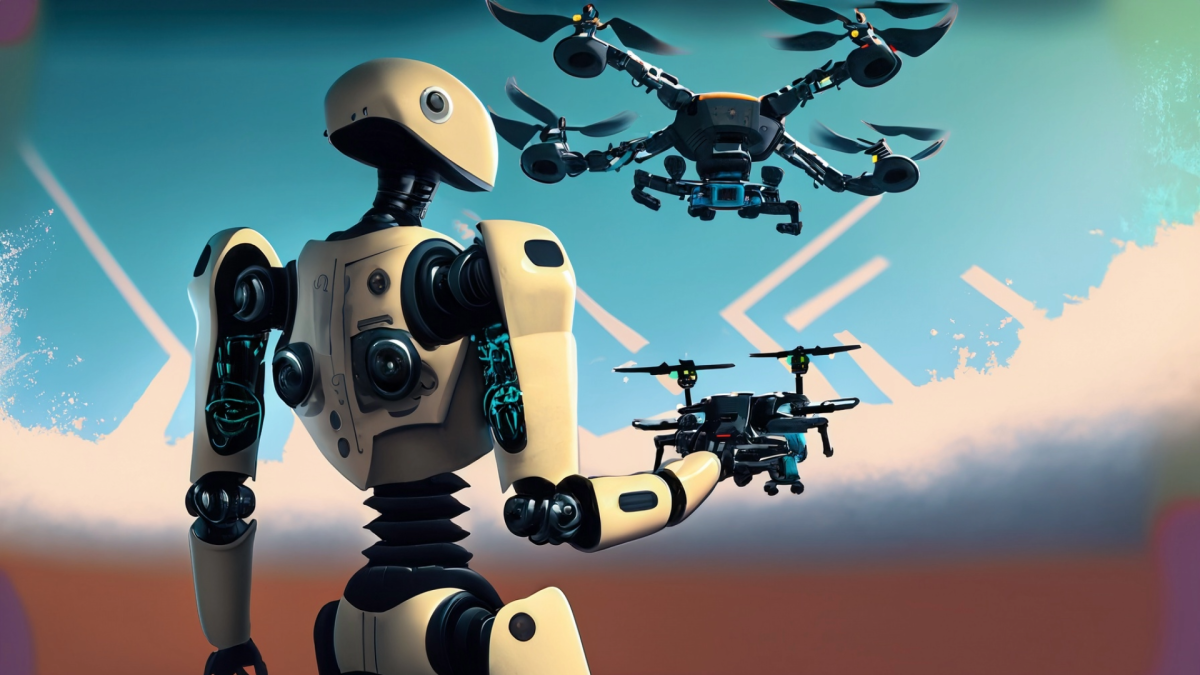
The lesson is adapted from resources created by the Green Drone AZ Project. This is module 1 of 4 featuring focused activities to address real-world environmental challenges within Arizona communities

In this lesson, students will be introduced to the concept of solar angle and how Earth’s tilt on its axis and revolution around the sun are responsible for seasonal changes in temperature, daylight
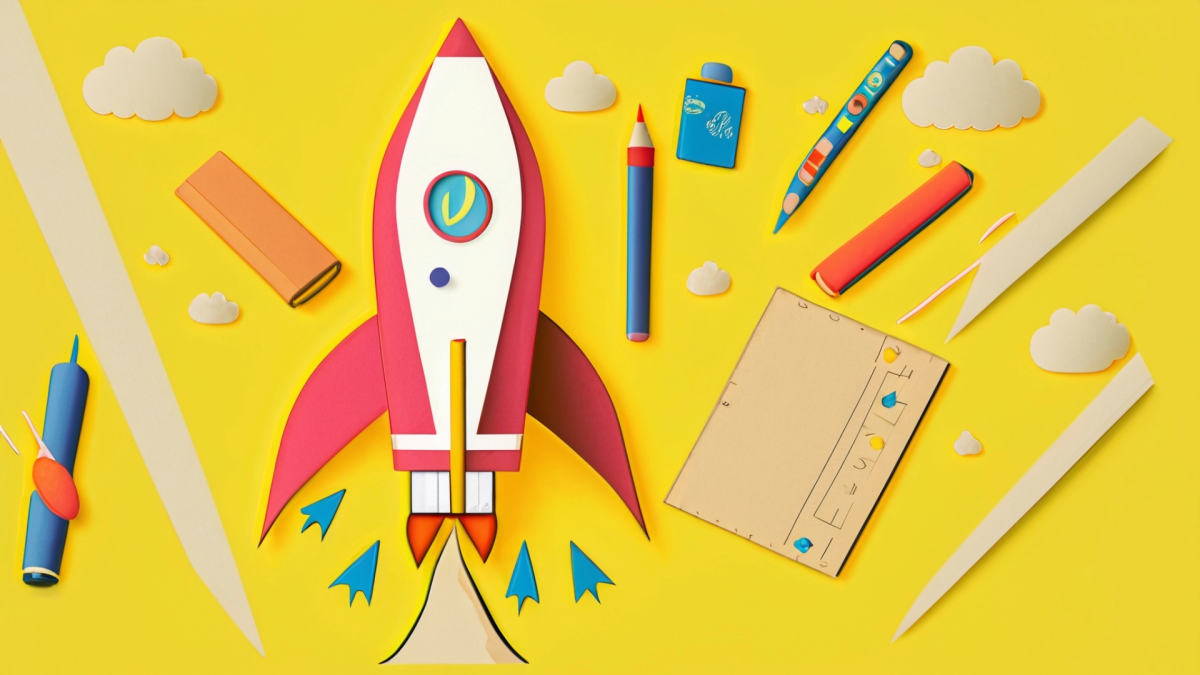
Day 2! Students start the process of building their Estes Alpha 3 rockets all the way to completion!

Students will learn the history of rainsticks. They will engineer and design their rainstick. Students have to figure out how much rice, beans and corn goes inside to make the sound of rain. Finally
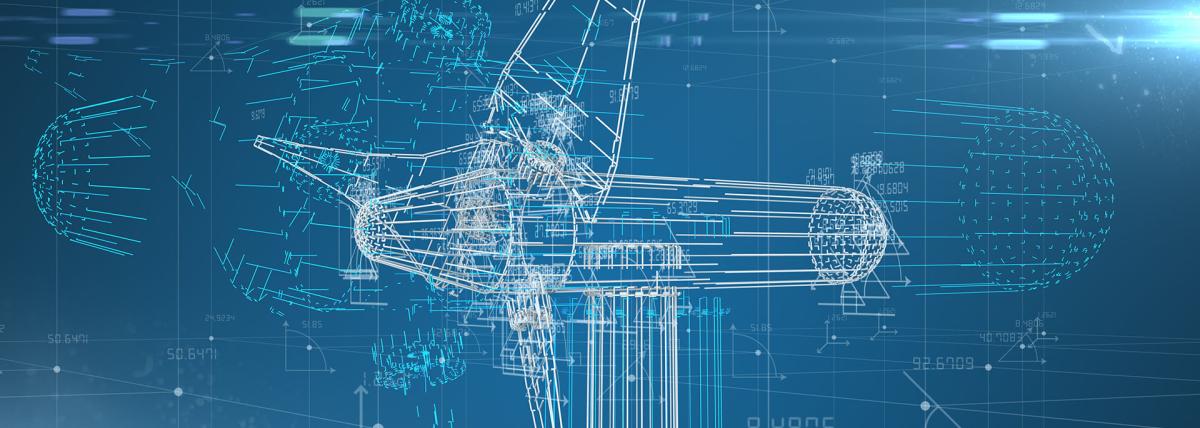
On day one, students will learn the history of the boomerang. Then on day two, the students will engineer and design their boomerang. Finally, the students will fly their boomerangs.
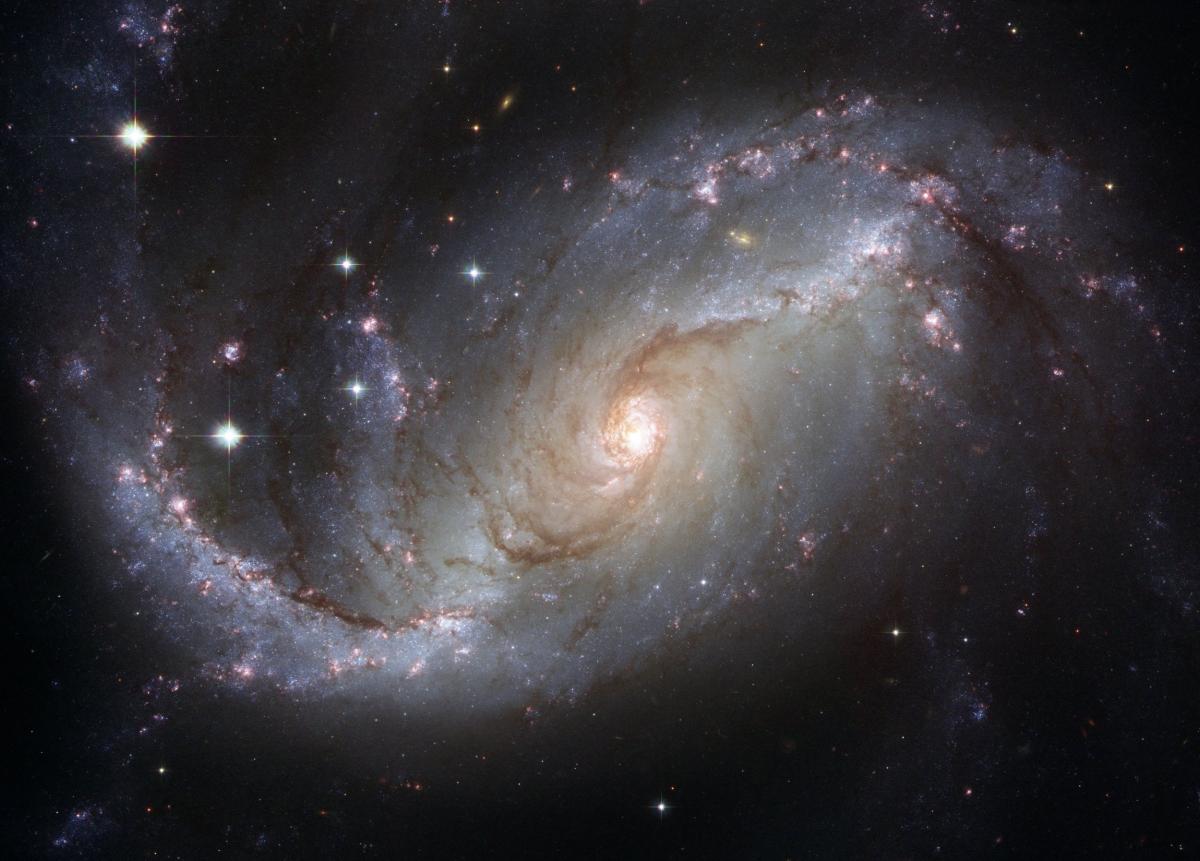
Students will build landing gear to successfully land a rover on Mars.

In this activity, students will build a shelter that protects them (cotton balls) from a volcanic eruption of lava and ash.

Students create a scale model representing earth's history in order to analyze how life has changed on earth over time.

Students use an interactive map and ArcGIS software to analyze the impacts of climate change on global populations.

This lesson walks students through the movement of air in the atmosphere and the energy that drives it. It contains a PowerPoint, activity, worksheet and assessment.
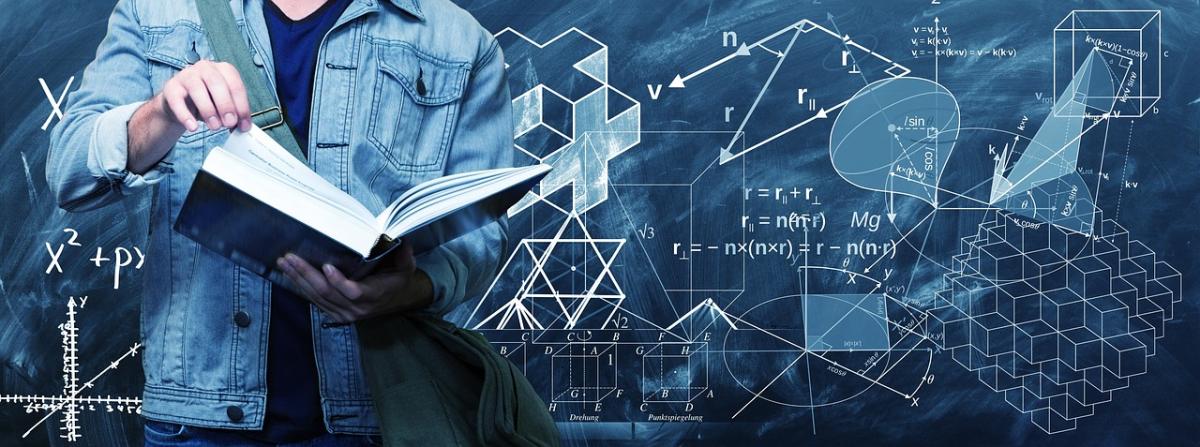
Math is All Around Us
Inspired by the picture book, "Count on Me," Kindergarten students will demonstrate the Engineering Design Process by collaboratively creating a model of a new toy for their playground, observing the

A lesson to teach students how to collect, organize, interpret data, make inferences, raise awareness, and suggest possible solutions on the water quality of the waterbodies in the state of Arizona.

Students will construct an explanation using evidence to demonstrate that objects can affect other objects even when they are not touching. They will explore electric, magnetic, and gravitational

In this lesson, students will be creating a working model demonstrating Earth’s rotation and revolution. Students will be able to explain the differences between Earth’s rotation and revolution
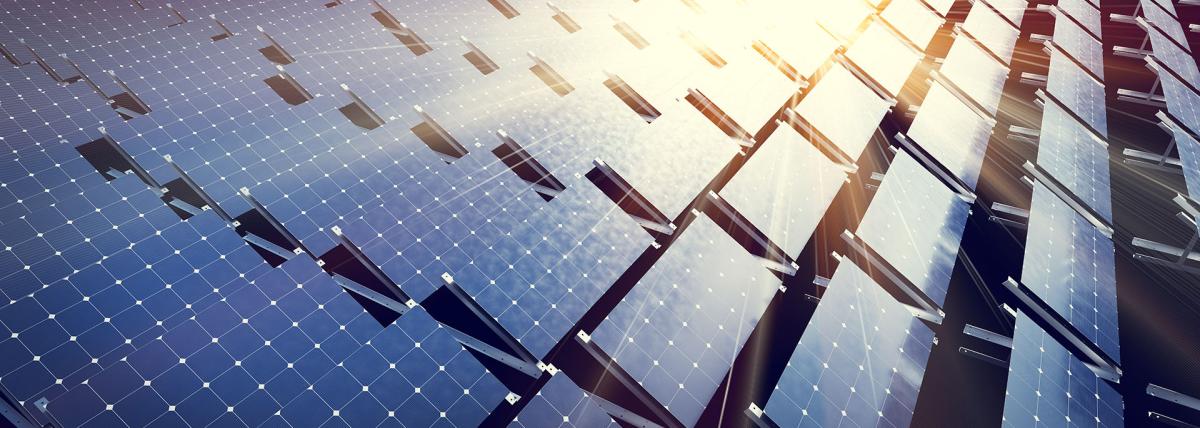
This investigation provides a fun and engaging way for students to learn about data collection, graphing, and proportional relationships while exploring the power of renewable energy. By applying

In this lesson, students will work in groups to design a model that will demonstrate the best erosion techniques for the model of a road experiencing flooding or heavy rainfall. Students will be given

This lesson combines math, science and art in a sparkling and engaging activity. Student will learn about rock classifications and draw an example using geometry. Students will gain an understanding

The goal of this engaging science lesson is to deepen students' understanding of magnets, electromagnetic forces, and their practical applications in real-world technology. Aligned with the 7.P2U1.1
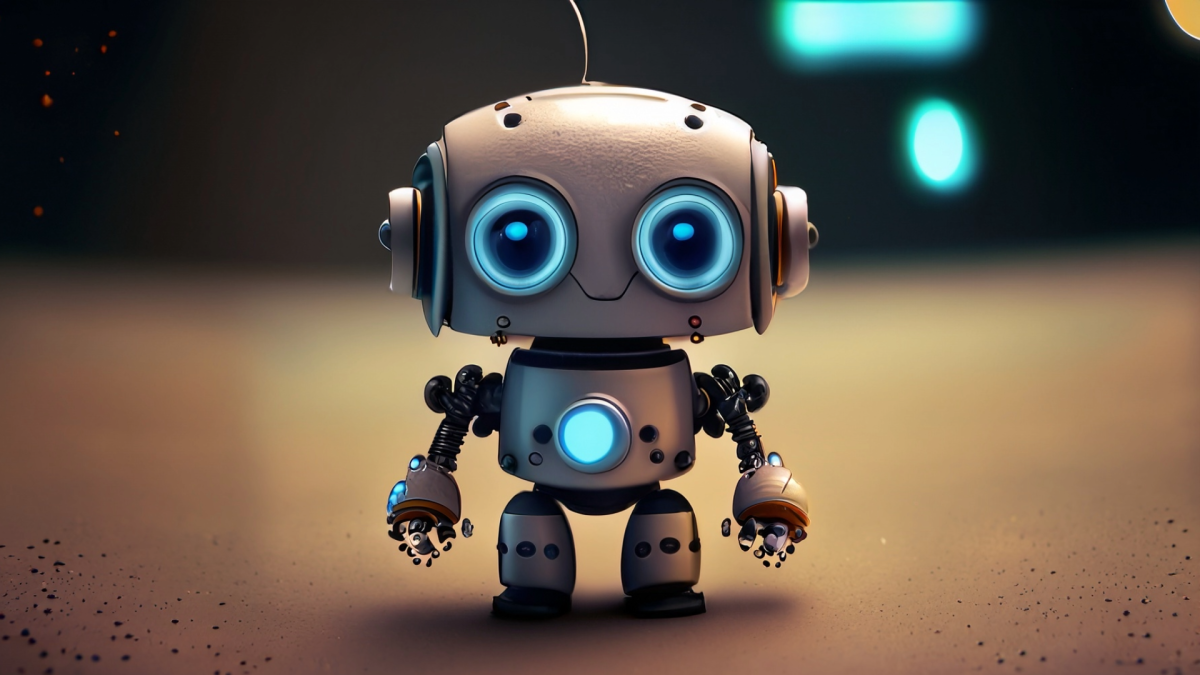
After completing a unit on weather, students will be challenged to research, design, construct and attach a snow plow to their Edison robot. Then they will create a scratch code that will navigate

In this lesson, students use the Kepler’s Laws PhET Simulation to collect data on the period and average radius of the planetary orbits. They graph and analyze that data to derive Kepler’s 3rd Law.

This lesson uses a PhET Simulation to allow students to collect data on the orbits of planets around our Sun, then summarize and share their results. It is designed for students in Grades 9-12.

This lesson is the beginning stages of planning for a greenhouse. Students work to gather data and information about possible locations for the greenhouse by using their perimeter skills.

Volcanoes: Studying Viscosity of Lava & Magma and how it relates to The San Francisco Volcanic Field
This lesson allows students to explore why volcanoes are shaped differently and why they erupt differently. Students will investigate viscosity, silica content of igneous rock samples, and perform

Students will explore how gravity plays a role in orbits and the attraction between objects in space, using online simulations. In addition to the online simulations this lesson contains ideas for


